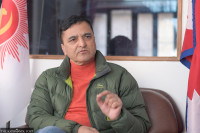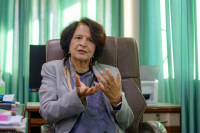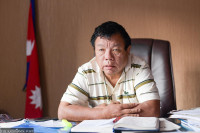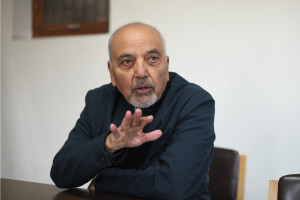Interviews
Nepali judiciary is not sensitised on caste-based discrimination
Just as in rape cases where the victims are the most crucial evidence, in caste-based discrimination too, the victims should be considered the most vital evidence.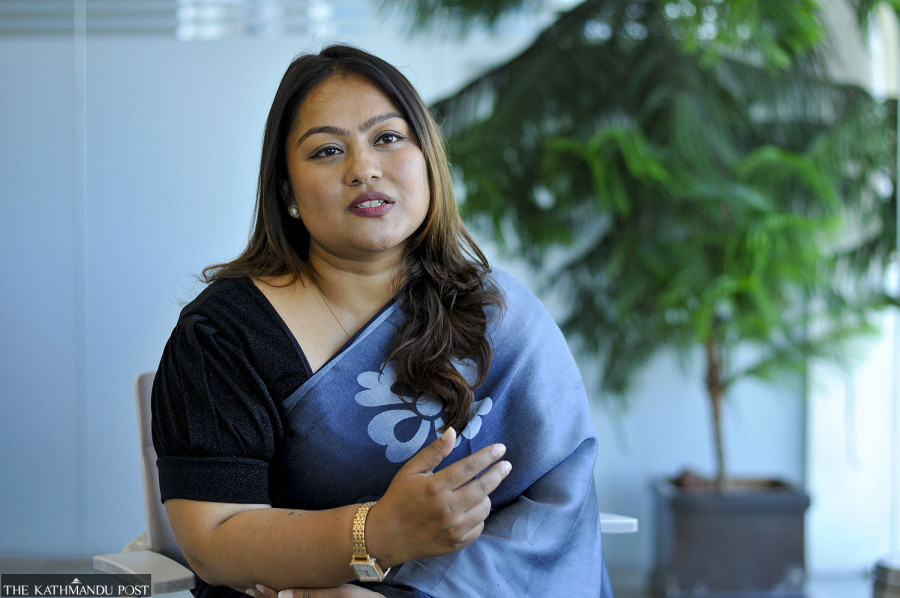
Aarati Baral
Caste-based discrimination is so entrenched in Nepal, even the country’s legal system fails to see it as a crime. Recently, in the infamous Soti lynchings—in which Nabaraj BK and his five friends were killed by a mob on May 23, 2020 over BK’s affair with an ‘upper caste’ girl—the High Court in Surkhet upheld life imprisonment handed down by the Rukum District Court to 23 people involved in the murder. But it overturned the convictions for caste-based discrimination.
The Post’s Aarati Baral sat down with Kunjani Pariyar Pyasi, a human rights lawyer and Dalit rights activist who played a vital role in ensuring justice for the victims in the Soti case, to discuss the case, the discriminations the Dalit community grapples with, as well as the gaps in the country’s justice delivery system.
As someone who advocated on behalf of the victims of the Soti incident, how do you view the recent development in the case? What message does it send?
I see only partial justice in this case. On the one hand, the High Court sustained the District Court’s decision, which sentenced the 23 individuals involved in the murder of six innocent lives to life imprisonment. On the other hand, the verdict failed to acknowledge why the incident happened. This points to a systematic failure. While the full text of the verdict, which usually takes around a month to come out, is yet to be released, the judgment, which did not accept caste-based discrimination in the case, shows that our judiciary is yet to become sensitive to such discrimination.
This sends a dangerous message—impunity in caste-based discrimination is easy, while administering punishment is hard. Six innocent people have been killed, yet no caste-based discrimination has been established. This begs the question: How bad do things need to get for this kind of discrimination to be noticeable? And how will these legal precedents help address the kind of daily discrimination that Dalits face?
What is the success rate in cases of caste-based discrimination? How are such cases handled in our courts?
In comparison to other types of crimes, prosecution in crimes related to caste based discrimination is relatively low. If you look at the data from the Office of the Attorney General of the last fiscal year, almost 57 percent of caste-based discrimination cases saw the accused get away scot-free. This is double the percentage in rape cases. The low success rate sends a message to victims that their cases of discrimination have no legal merit. It discourages them from reporting injustices they face to the police and the court.
There is a lack of awareness of the history of caste discrimination and how such discrimination emerged in our courts. Such critical subjects are overlooked while making a judgment. There is no empathy. The judiciary thus hasn’t grasped the urgency, sensitivity and seriousness of these cases.
Most important, two elements are evaluated when making judgements: Intention (Mens rea) and Act (Actus reus). Establishment of both—guilty mind and guilty act—leads to conviction. But in the case of caste-based discrimination, the intent is difficult to establish. Caste hatred and discrimination are rooted in speech, behaviour and prejudice. But our justice system still looks for hard evidence.

Has society and the country as a whole failed Dalits by creating an environment that prevents them from bringing their cases to the police and the courts?
Victims must undertake an arduous journey even before they go to court. Dalits face discrimination every day. But many cases go unreported because in a society like ours, reporting on caste-based discrimination will apparently disrupt social harmony. Caste-based discrimination is not just normalised but also made natural.
Those who discriminate are always more powerful than those who are discriminated against. In many instances, government authorities, who are supposed to uphold Dalits’ rights, have silenced their voices and reached a consensus to protect the prosecutors. So many cases aren’t reported; most police officers also don’t even file complaints. Even if the cases are reported, the victims find the lengthy process tiring, so many prefer to stay silent.
The unconscious bias and deep prejudice have normalised such discrimination, so much so that people don’t perceive caste-based discrimination as a crime.
The entrenched discrimination and bias against the Dalit community have led to countless heinous crimes. It seems social media has compounded the problem by creating new forms of discrimination.
Yes. Social media has become a bane for minorities. It has been developed into a battleground where the minorities can be dominated. Social media should have been a space for change, allowing Dalits and other marginalised groups and LGBTQIA+ individuals to amplify their voices. But we are moving in the opposite direction. Hate speech, harassment, discrimination and misinformation targeted at us are rampant online.
But the state has fallen far short of containing these online crimes. There is a lack of laws that punish individuals who target Dalits and marginalised groups online. The state lacks the capacity to address such crimes. As a result, the number of harassment cases has increased. Those who seek to engage in activism on social media against Dalit discrimination also face hate speech and threats.
Dalits are underrepresented in mainstream parties, Parliament, local levels and the Cabinet. How is their representation in legal practice?
They are also underrepresented in legal practice. In the country’s District Courts, the judges make up 1.5 percent of judges, while in the High Court, the figure is 2.11 percent. Among the six judges from the Dalit community across the courts, only one is a woman District Court judge. The paucity of Dalit judges means there is also a lack of sensitivity in judgments and legal practice. Female law students are also increasing, but they face barriers while practising law. Many don’t have faith in women lawyers.
Aren’t Dalit women doubly marginalised? Even as they are represented, they lack meaningful participation in decision-making.
In terms of political representation, the Local Level Election Act-2017 has mandated that of the five persons elected in each ward, one must be a Dalit woman. This is a positive step. They were never into politics or understood the state apparatus, but now they have the opportunity to learn and be a part of that process. They have at least gotten a seat. But even Dalit men aren’t happy as they feel they don’t get opportunities because of the provision for Dalit women. So Dalit women have to face layers of discrimination. Their education, economic situation and whether they are based on rural or urban areas can all further marginalise them.
No Dalit woman serves as chair in a municipality or a rural municipality. In the federal parliament, there are eight Dalit women MPs, but there isn’t a single Dalit woman in the National Assembly. Even the limited Dalit representation is based on tokenism. The patriarchal mindset of our political leaders and their discriminatory approach toward Dalits have hindered their progress.
This existing opportunity provided to Dalit women must be protected. They must also be empowered and made capable enough to influence decision-making. Several studies show that after the first local-level elections, Dalit women members weren’t even invited to meetings. But after the second elections held in 2022, they were somewhat more empowered. We can see the stories of their empowerment.
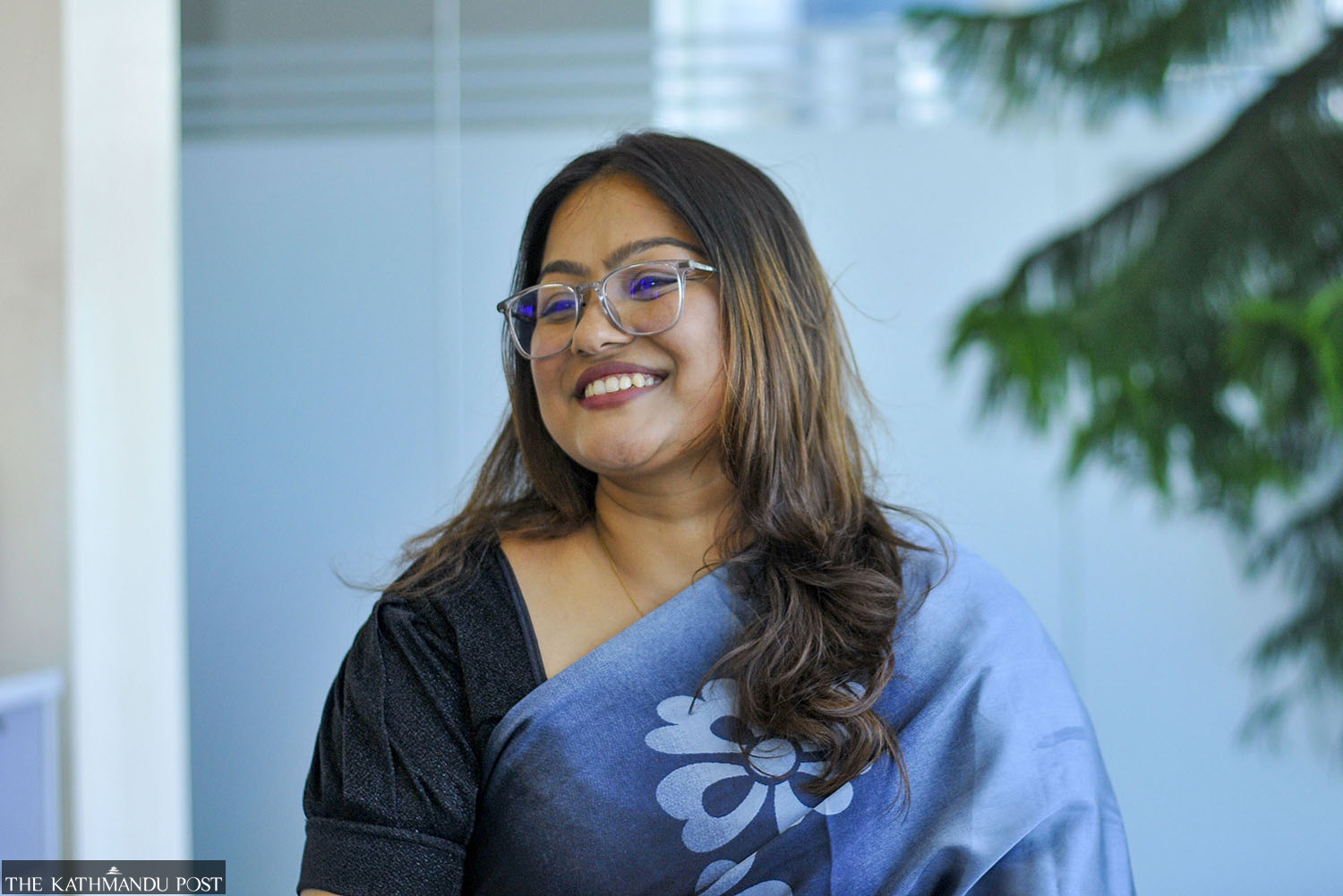
As someone who has experienced discrimination firsthand and faced hurdles while accessing citizenship through your mother’s name, what loopholes have you found in our justice system?
Nepal’s biggest failure lies in implementation of the law. This is evident everywhere. I experienced the same. The Constitution has guaranteed citizenship in the mother’s name. But the law lacks clarity, making it difficult to get.
While practising law, I’ve observed that those who cannot buy justice cannot feel it. This is disturbing. The concept of ‘setting’ has made a massive impact on the justice system. Some clients ask me if I can arrange a setting in the court. I say I cannot. And they seek another lawyer. People evaluate lawyers based on the amount of money they pay—they think they can get a competent lawyer if they pay a high sum. You have to pay high fees to get justice. This kind of narrative is dangerous for the court. This also complicates justice for those who are truly marginalised.
How must individuals, society and the country as a whole handle issues related to Dalit rights and justice?
We must start by committing not to discriminate. Second, existing laws must be implemented, and legal reforms instituted where necessary. We are already in the tenth year of the 2015 Constitution. Still, the rights of Dalits enshrined in Article 40 have not been fully realised.
Similarly, law enforcement authorities should be informed about the plight of Dalits, and a culture of listening to Dalits with sensitivity and seriousness should be established in courts. Plus, more awareness of caste and gender must be included in school curriculum.
Moreover, just as in rape cases where the victims are the most crucial evidence, in caste-based discrimination too, the victims should also be considered the most vital evidence. The court doesn’t need to examine other elements for evidence. Similarly, just as in the case of the individuals who try to silence rape survivors and their families through community consensus, those who try to do the same in cases of caste-based discrimination must also be punished, so that the trend of such consensus diminishes.
Further, the Act concerning caste-based discrimination stipulates the role of civil society in investigating caste-based crimes and violence. But this is not the case in practice, as it was not even in the Soti incident. Such cases must be seen through a progressive lens with the help of civil societies. Then there is the case for an enactment of effective laws to counter hate speech.




 18.12°C Kathmandu
18.12°C Kathmandu


